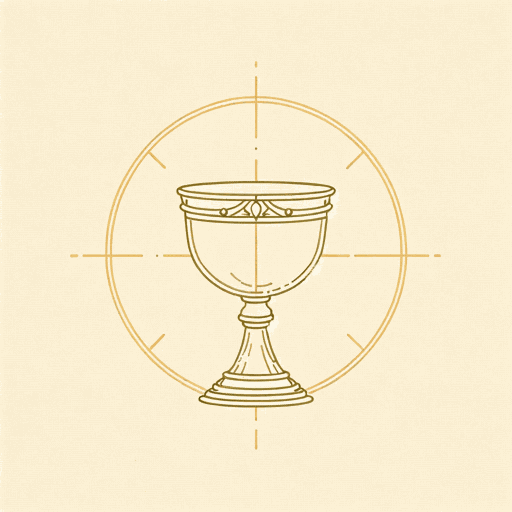37 pages • 1 hour read
James Russell LowellThe Vision of Sir Launfal
Fiction | Poem | Adult | Published in 1848A modern alternative to SparkNotes and CliffsNotes, SuperSummary offers high-quality Study Guides with detailed chapter summaries and analysis of major themes, characters, and more.
Literary Devices
Form and Meter
“The Vision of Sir Launfal” contains four sections with two different forms. The Preludes to Part First and Second are written in longer stanzas without numbers, while the Parts First and Second are in numbered stanzas of varying lengths. These forms reflect the content of the sections: the Preludes are descriptive, whereas Parts First and Second are mainly narrative. The meter of the whole poem however is mostly regular: in iambic tetrameter, with a mostly consistent rhyme scheme ABAB. This regular and easy rhythm contributes to the sense of overall harmony of the poem and allows for easy reading and melodious recital. This is one of the main reasons for the poem’s popularity with all ages, including children, and the inclusion of Lowell in the Fireside, or Household, group of poets. The group was thus named because their works were frequently read aloud to the family around the fireplace.
Pathetic Fallacy
This literary device, wherein nature and human emotion are in sympathy and human sentiments are attributed to elements of the natural world, is frequently found in the works of the Romantic poets. In “The Vision of Sir Launfal,” there are many instances of pathetic fallacy in the descriptions of nature.

